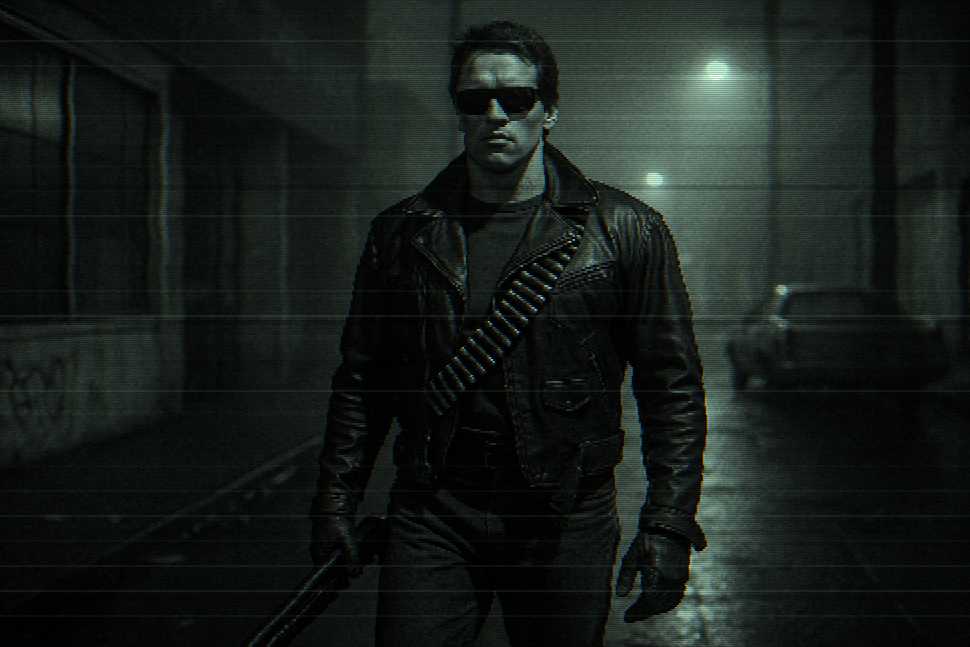
The Terminator 1984
This transmission begins in a near-future Earth timeline where machines have gained control and are attempting to eliminate their primary threat — not through warfare, but through retroactive birth prevention. A mechanical unit is sent backward in time to destroy the mother of a future resistance leader before that leader is born. This is considered tactically bold, if ethically debatable.
The machine is covered in organic tissue to pass as human, although its inability to smile or use contractions should have immediately raised suspicion. It proceeds with direct efficiency: minimal dialogue, maximum property damage. The target is Sarah Connor — an ordinary human with no combat training, survival instincts, or apparent readiness for destiny.
She is protected by another time traveler, this one human, who claims to love her based on historical documents and photographs. His protection strategy includes evasion, exposition, and an intimate encounter that guarantees the very future the machines are trying to prevent. This closed loop of cause and effect is treated as dramatic rather than exhausting.
The final confrontation involves explosions, mechanical dismemberment, and the crushing power of early industrial equipment. The machine is destroyed, the human protector is not preserved, and Sarah is left alone — now pregnant, now motivated, and now narrating into a tape recorder as storm clouds gather.
Conclusion: Humans, when pushed to extremes, will survive through instinct, desperation, and paradox. They are emotionally volatile but surprisingly adaptable — even when caught in loops of their own design.
This record confirms that Earth’s greatest strength may be its own refusal to go quietly. Nebulon should note: if attempting temporal intervention, avoid mothers. They become very efficient under pressure — especially when chased by something that doesn’t blink.
